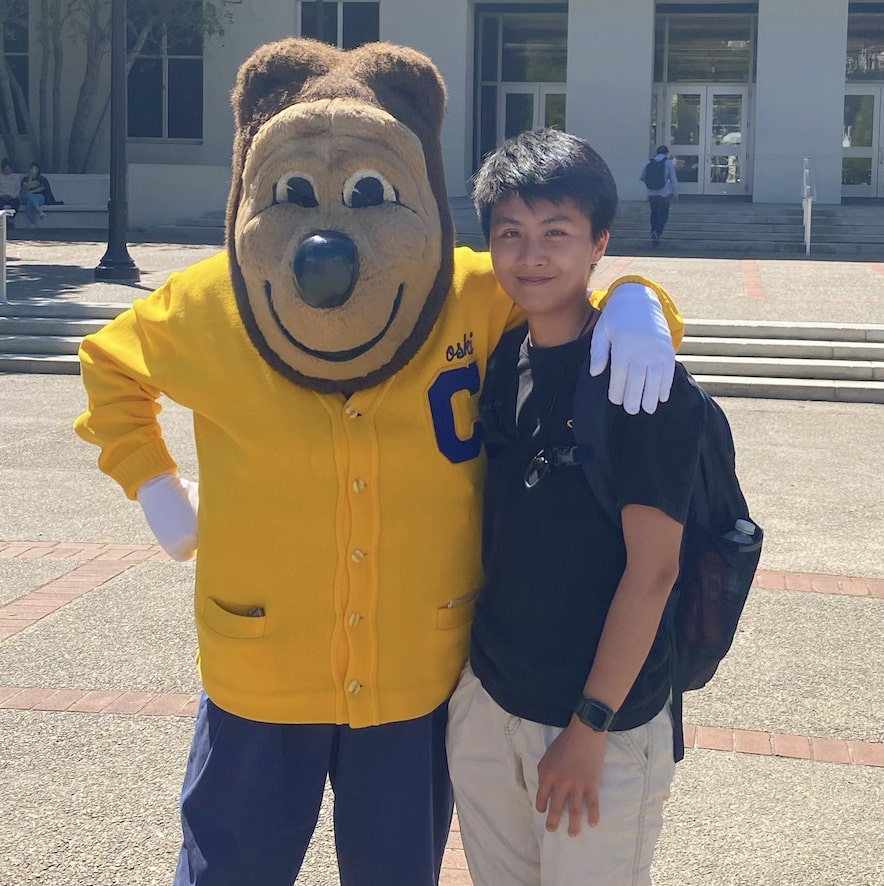Wenqi (Ellen) Zuo

The innate immune responses are the first line of defense against invading pathogens. Toll-like receptors (TLRs) play crucial roles in the innate immune system by recognizing pathogen-associated molecular patterns (PAMPs) derived from pathogens. A subset of endosomally restricted TLRs senses nucleic acids (NA), thus equipping immune cells with broad recognition of pathogens while also posing the risk of self-detection. Inappropriate activation of NA-sensing TLRs has been shown to drive pathological inflammation and autoimmune disease in various mouse studies and human patients. Several studies identify the trafficking chaperone Unc93b1 as a […]
Yutong Zhang

Alzheimer’s disease (AD) is the most common cause of dementia, constituting close to two-thirds of all dementia diagnoses; the urgency and importance of AD research thus needs no further explanation. While much of AD research is focused on hallmark pathologies, namely Aβ plaques and tau tangles, there are less focus on new potential molecular targets. Previous research has shown the dysfunction of inhibitory network, and specifically the interneurons within it, as a key pathology in many AD mouse models, yet the underlying cause of their selective vulnerability remains unknown. Inhibitory […]
Nicole Xin

Lanthanides (Lns), part of the Rare Earth Elements, are critical minerals for clean energy, defense, and consumer electronics, but they are environmentally and financially costly to extract and purify. Methylotrophic bacteria naturally acquire and transport lanthanides for alcohol metabolism. The model methylotrophic bacterium, Methylobacterium extorquens AM1, accumulates low and high molecular weight Lns through growth with methanol, but our understanding of the constraints of their bioaccumulation is still limited. GLamouR is a synthetic fluorescent sensor for Lns that was designed for in vitro use, and as such, has only been […]
Katrina Wong

Autism Spectrum Disorder (ASD) is a neurodevelopmental disorder characterized by impairments in communication and atypical sensory responsivity. Recent research using Cntnap2 knock-out mice, a strain commonly used to investigate ASD, has established potential neural mechanisms underlying altered learning performance, such as behavioral flexibility and neural excitability. The Wilbrecht lab has previously identified the dorsal medial prefrontal cortex (dmPFC) as a hub for cognitive flexibility and maturation during adolescence. Understanding how ASD affects the development of the dmPFC is therefore essential. This project explores the neural basis of learning in adolescent […]
Mingxiao Wei

Retinal degeneration, including retinitis pigmentosa (RP), affects over 10 million people in the United States and leads to significant vision loss. During RP, photoreceptors die, yet the downstream neurons in the circuit responsible for visual information processing, including retinal ganglion cells (RGCs), survive. Successful vision restoration requires that these downstream neurons function normally. However, the surviving neurons undergo a process called remodeling which may be maladaptive and become a barrier to effective vision restoration. My project aims to investigate the impact of ion channel function changes on the physiological properties […]
Celine Wang

Alzheimer’s disease (AD) is the seventh leading cause of US deaths and the primary cause of elderly dementia. This neurodegenerative disease irreversibly impairs cognitive functions, creating significant physical and emotional burdens on patients, healthcare providers, and families. One major risk factor for AD is a variant of the APOE gene: APOE4. 60-85% of all AD patients possess this mutated gene known to contribute to neurological degeneration. Thus far, no therapies for AD are targeted enough to intervene with APOE4’s deteriorating effects. Recent findings, however, indicate that the psychedelic compound known […]
Akshara Vykunta

The Hedgehog (Hh) pathway directs gene expression programs that are essential for development and adult tissue homeostasis. However, misactivation of the Hedgehog pathway is known to drive cancer. Vertebrate Hh signals are transduced through the primary cilium, an antenna that projects from the surface of most cells. When the Hh pathway is off, the tumor suppressor Patched1 (Ptch1) localizes to cilia and inhibits Smoothened (Smo). Upon Hh pathway activation, Hh ligands bind to Ptch1, remove Ptch1 from cilia, and allow Smo to accumulate to cilia to activate the Gli family […]
James Pinto

Hyperelongate neural spines (HENSs), which often form a “sailback” along the axial column, have arisen independently in amniotes at least 12 times, in distantly related groups of animals over 100s of millions years. Suggestions for the functions of HENSs include that they served as thermoregulators, as display organs, and/or as biomechanical support. Osteohistology (internal bone microstructure) can be informative for comparing these hypotheses of HENS function, particularly using living taxa with HENSs, like species of lizards and bovids, as a framework for the relationship between structure and function in extinct […]
Cathy Zhang

Traditional language learning has been a challenging process that emphasizes memorization and repetition, usually in a classroom context. Digital language education could make it possible to immerse individual learners in virtual contexts where they can learn to produce authentic language that imitates real life conversation. The success of such attempts has yet to be widely established. Recent advances in Virtual Reality (VR) immersion and Artificial Intelligence (AI) have the potential to revolutionize the way we learn languages by providing a more immersive and interactive learning experience. My project aims to […]
Arin Kim Wise

Literature regarding Korean queerness has expanded within the last decade, but current dominant Korean understandings of queerness view it as a “Western” and modern phenomenon, as well as against Christian values. Therefore, research into Korean queerness across Korean history remains relatively unexplored, and at times, actively suppressed. Through this project, I hope to understand the role that Confucianism and Christianity had in the erasure of queerness from the Korean historical canon, and use the frame of queer and gender theory to re-understand and illuminate queer meanings of historical and modern […]